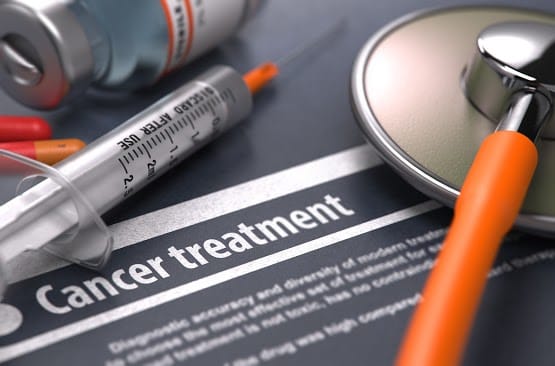New research indicates that childhood cancer survivors are significantly more prone to heart conditions in later life. However, Indian childhood cancer survival rates are relatively unknown, fogging the implications this study may have within India.
 The study, published in the journal Circulation, found that childhood cancer survivors have up to a threefold increase for any cardiac event and up to a tenfold increased risk for heart failure when compared to a cancer-free control group. Performed in the US, the study involved around 7,300 childhood cancer survivors who were diagnosed at an average age of seven, compared to more than 36,000 people of the same age, gender and postal code without cancer.
The study, published in the journal Circulation, found that childhood cancer survivors have up to a threefold increase for any cardiac event and up to a tenfold increased risk for heart failure when compared to a cancer-free control group. Performed in the US, the study involved around 7,300 childhood cancer survivors who were diagnosed at an average age of seven, compared to more than 36,000 people of the same age, gender and postal code without cancer.
The potential cause of the heightened risk, according to the authors, may be chemotherapy. “While anthracycline chemotherapy may induce heart disease, many patients require this cancer treatment to survive,” said Dr Paul Nathan, senior author of the study, noting that the immediate priority of saving the child’s life takes precedence over future risk of heart conditions.
Chemotherapy, while an effective treatment for cancers, is well known for its devastating toll on the body. Rapidly dividing cells are particularly prone to destruction through chemotherapy — a characteristic that makes it so effective against cancerous cells. The collateral damage to healthy cells is also severe. In children, this has been postulated to have an effect of prematurely aging the heart tissue, causing a host of metabolic issues in the future.
According to the Indian Cancer Society, it is estimated that around 50,000 children and adolescents aged up to nineteen years will be diagnosed with cancer each year in India. Survival rates in recorded data were found to be comparable to western nations — at around eighty percent when caught early.
Child cancer data in India, however, is severely lacking. Research published earlier this year suggested that India is one of the countries with the highest burden of childhood cancer: around 50,000 children and adolescents are diagnosed with the disease every year. Haemato-oncologist Vivek Agarwala notes that cancer care is often only available at premium institutions, making access to it limited for the majority of regions, and the majority of Indian who do not have the necessary wealth to avail treatment. As such, child cancer rates may be far higher than what estimates suggest, with many more perishing without treatment. For those without access to proper diagnostics, they run the risk of only being diagnosed in late stages where treatment will be ineffective.
The data, at the very least, does provide value in bringing light to another group at heightened risk of heart conditions. This allows for a greater level of oversight of potential symptoms in later life, allowing for any potential conditions to be diagnosed and addressed early.

